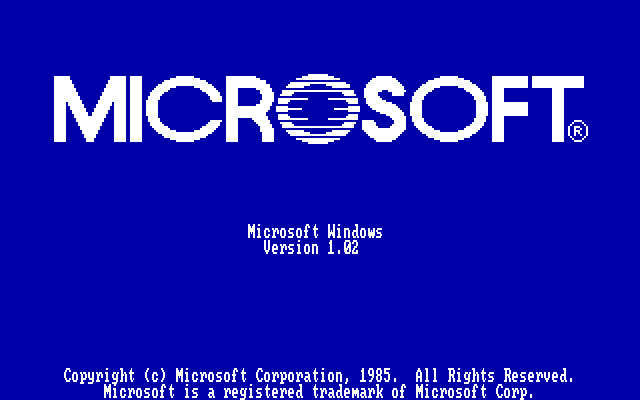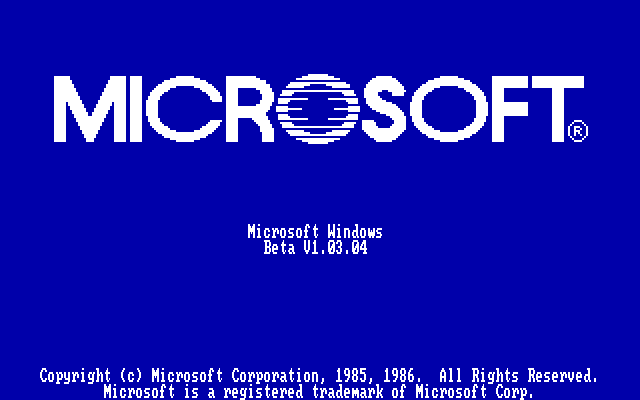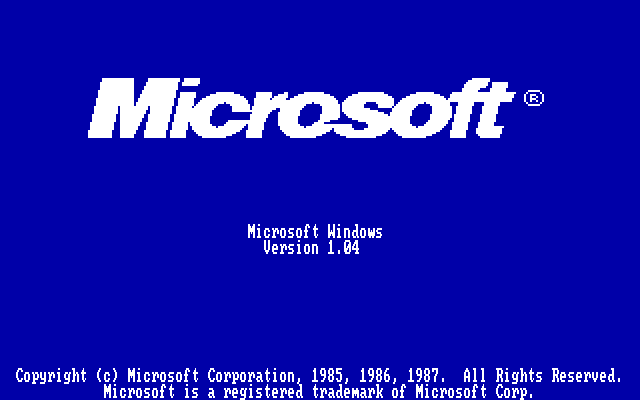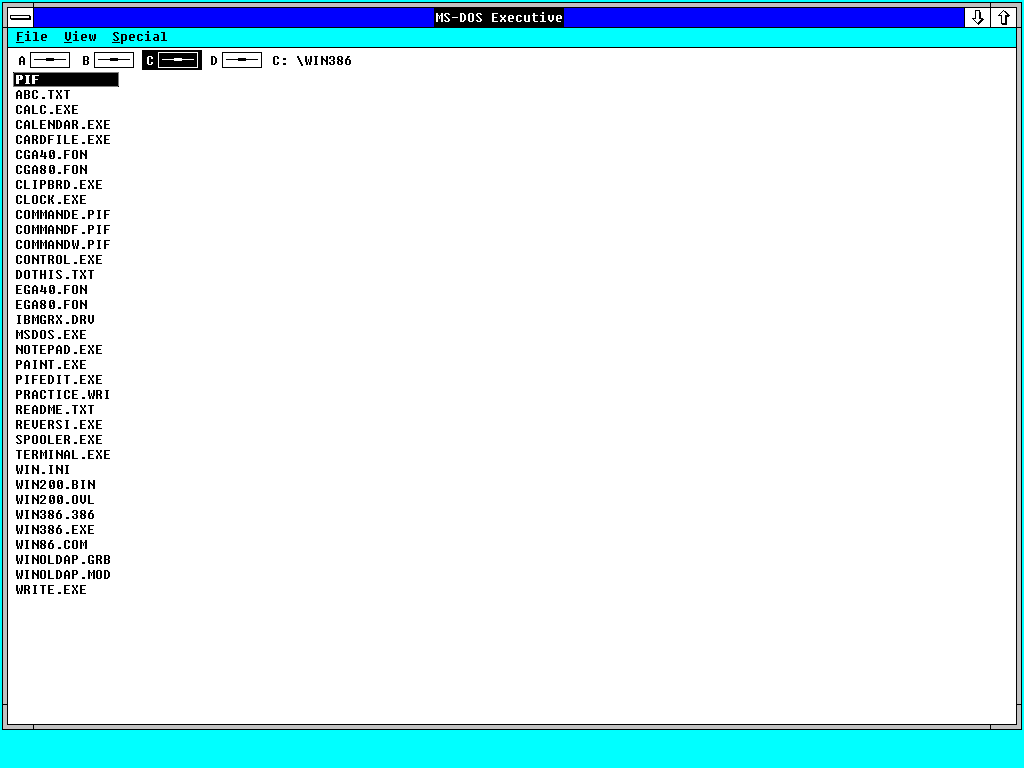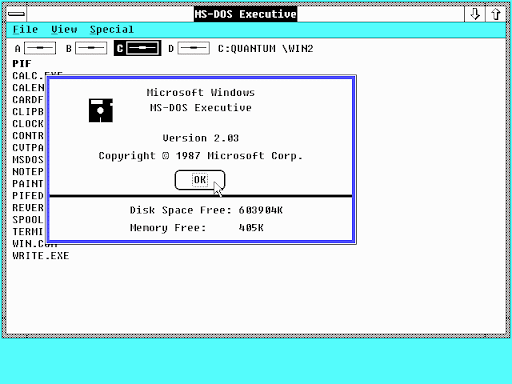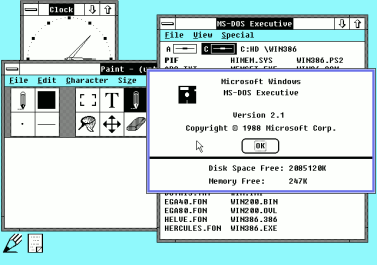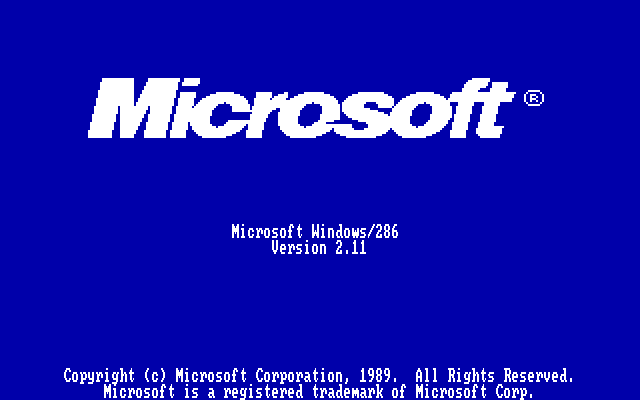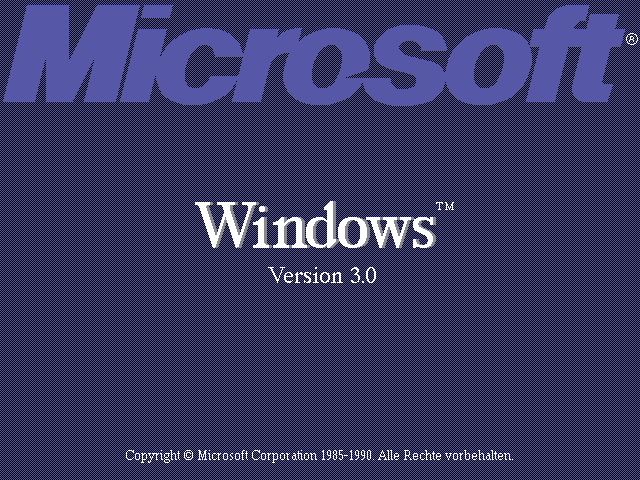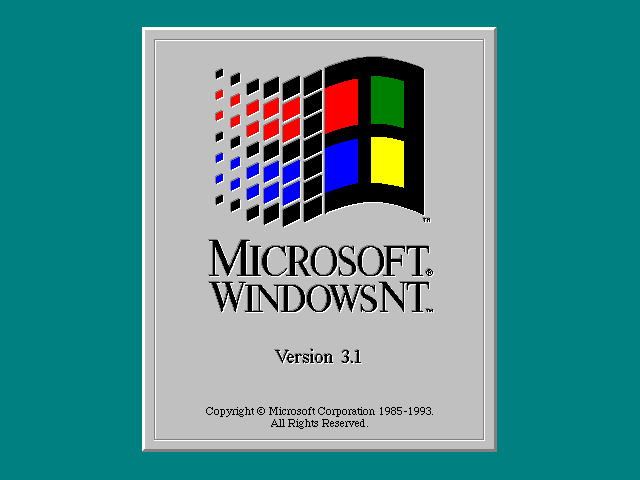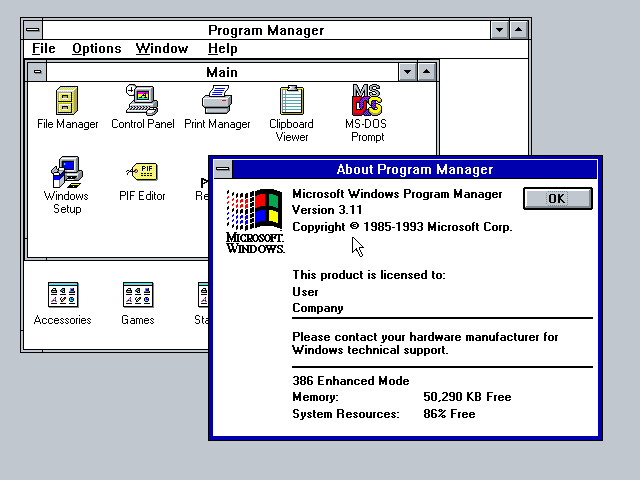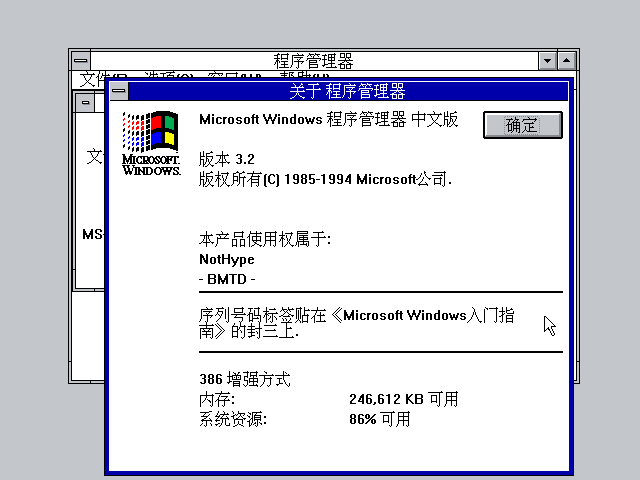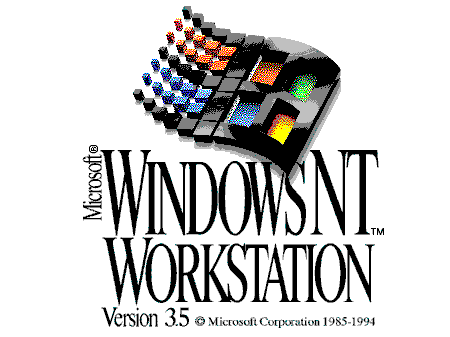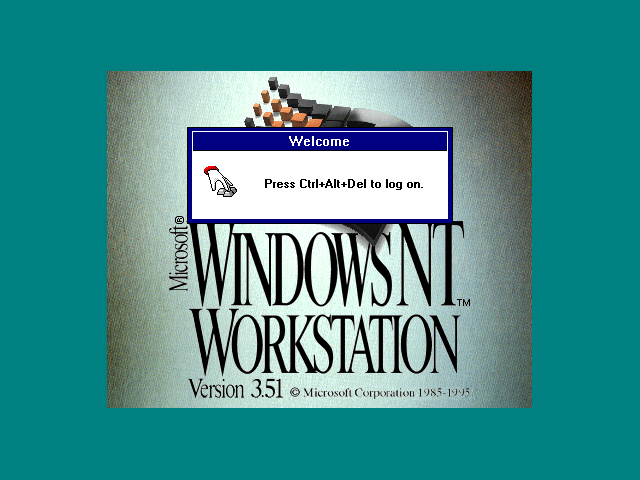Timeline – Windows
Windows is an OS developed from Microsoft for the X86 and X64 PC infrastructure.
There are still some other versions but the list would be endless long when I would write every codename Microsoft used as also many projects were never released…
| Codename / Preliminary name | Final Name |
| Interface Manager | Win 1.01 |
| Sparta | WfW 3.1 |
| NT Beta | NT 3.1 |
| Daytona | NT 3.5 |
| Chicago Alpha / Chicago Betas | Windows 95 |
| Nashville | Windows 95 B |
| Cairo | NT 4.0 |
| Memphis | Windows 98 |
| NT 5.0 | Windows 2000 |
| Neptune | never released / merged to Whistler |
| Georgia | Windows ME |
| Whistler | Windows XP |
| .NET Server | Windows 2003 Server |
| Longhorn / Vista Beta | Windows Vista |
| Longhorn Server | Windows Server 2008 |
| Blackcomb / Vienna | Windows 7 |
| Windows Server 8 | Windows Server 2012 |
| Blue | Windows 8.1 |
| Threshold Server / Windows Server 2015 | Windows Server 2016 |
| Server 19H1 / Windows Server 2016 R2 | Windows Server 2019 |
| Threshold (1511) / Redstone |
Windows 10 |
|
Windows 11 |
|
 |
|
There are still some other versions but the list would be endless long when I would write every codename Microsoft used as also many projects were never released…
1985
1986
1987
1988
1989
1990
1993
1994
1995

